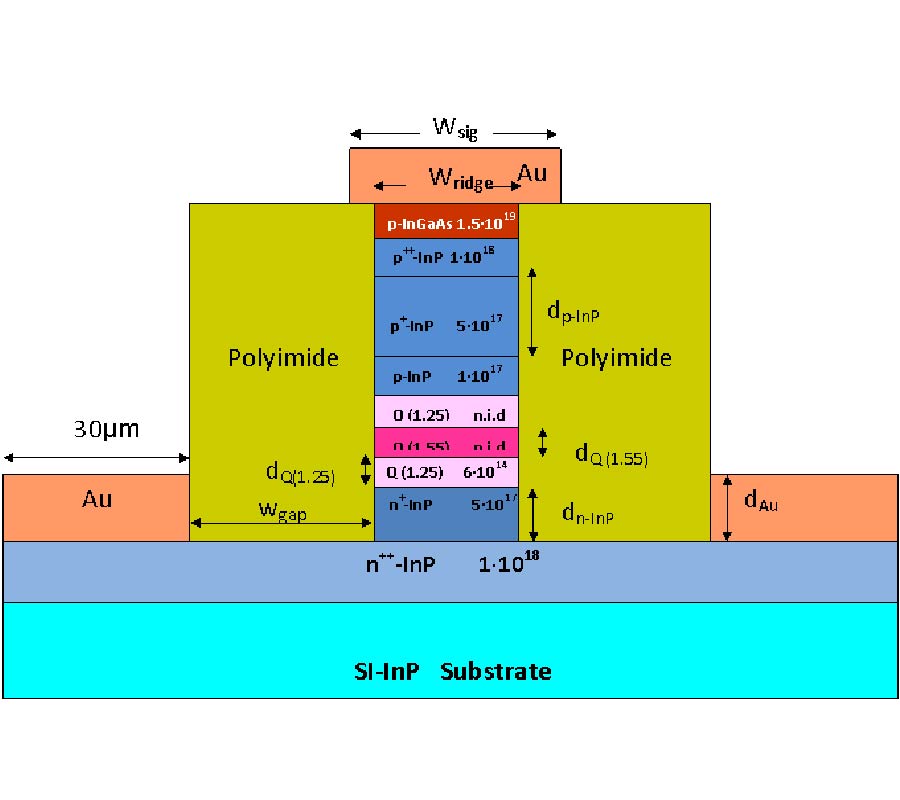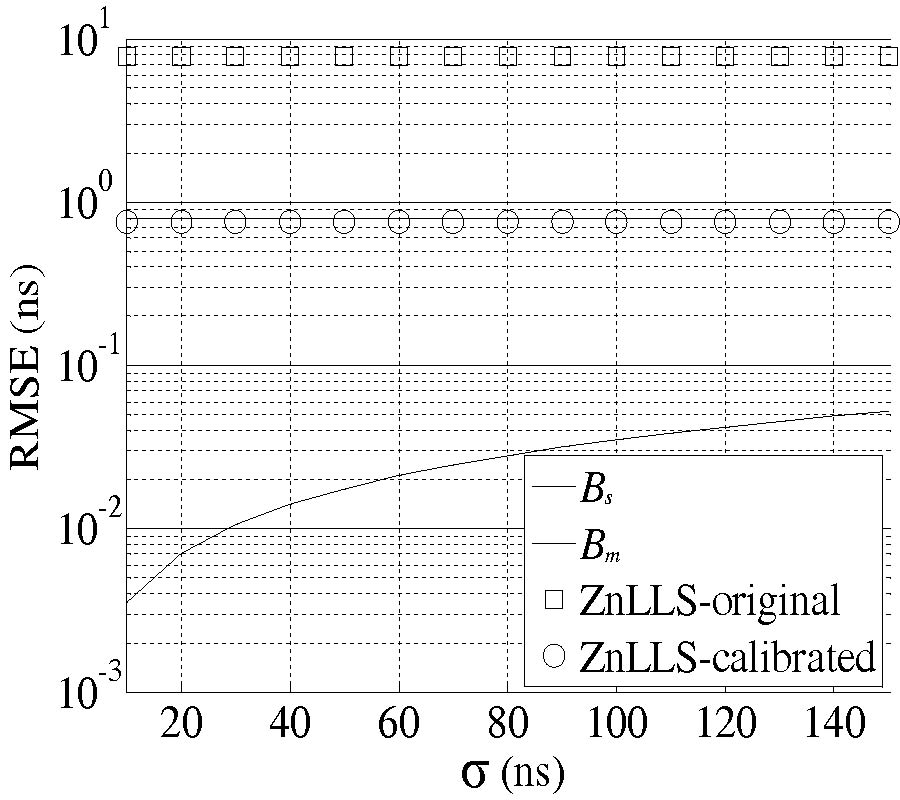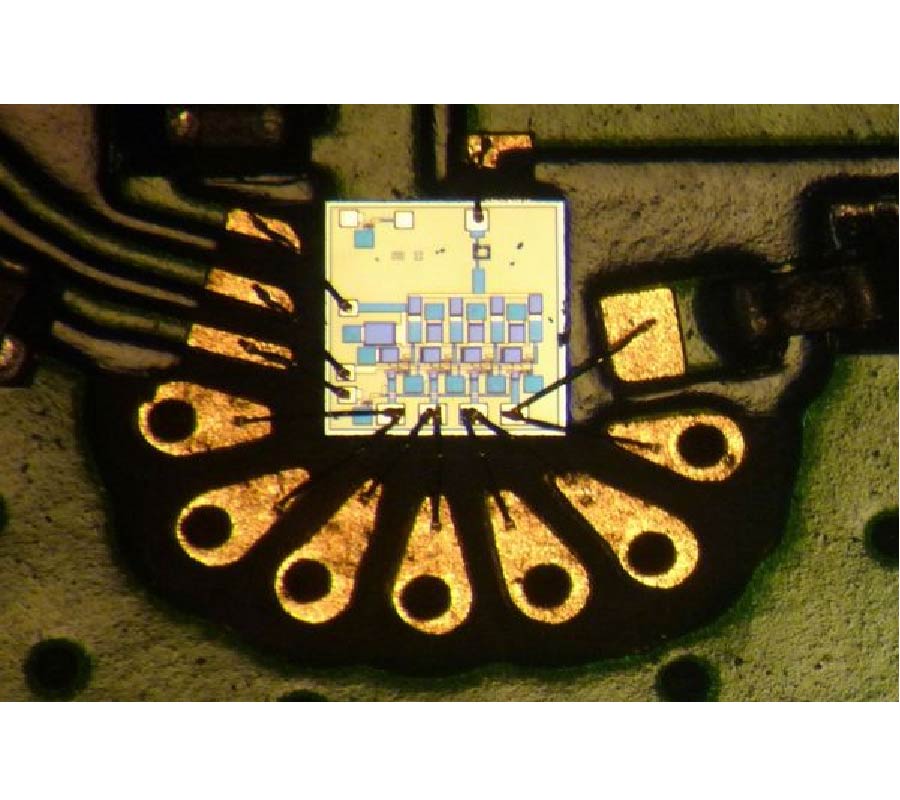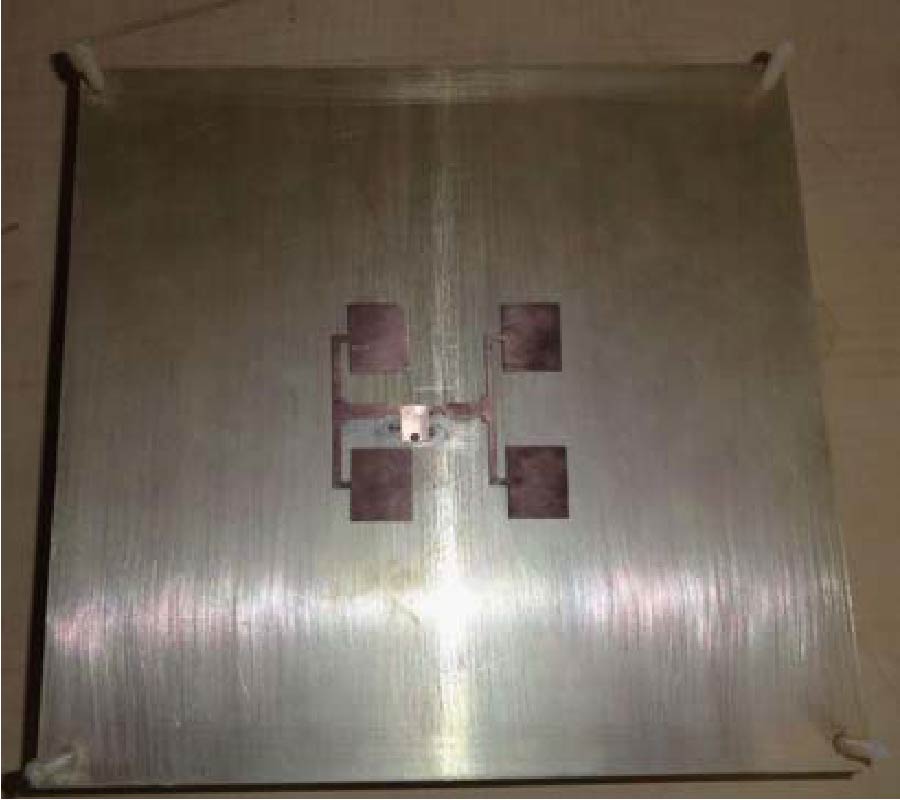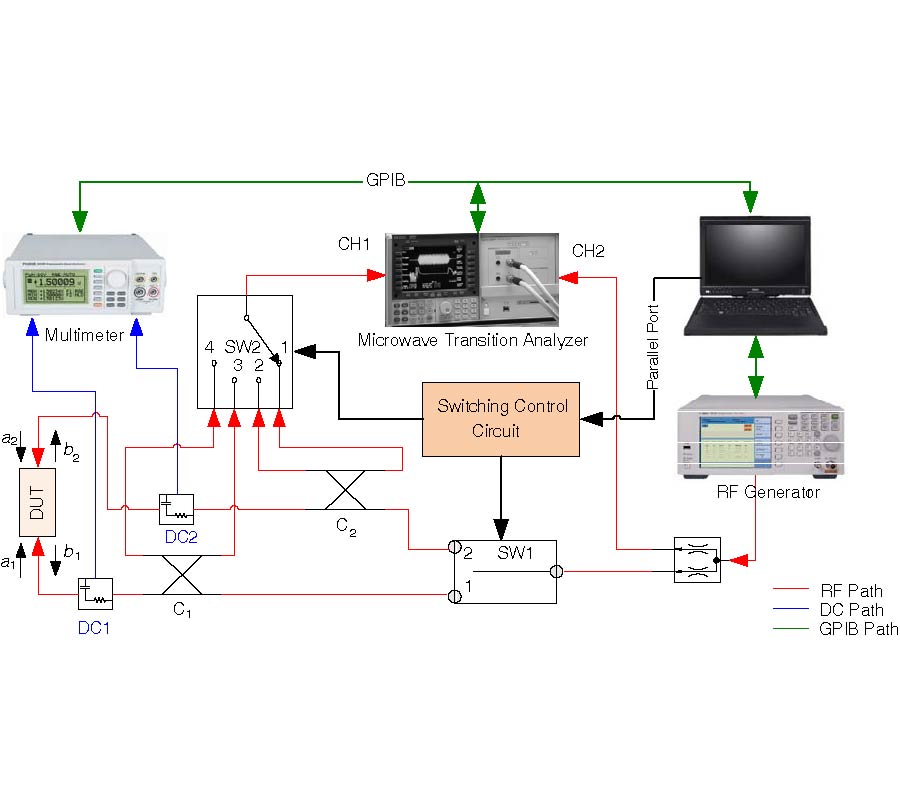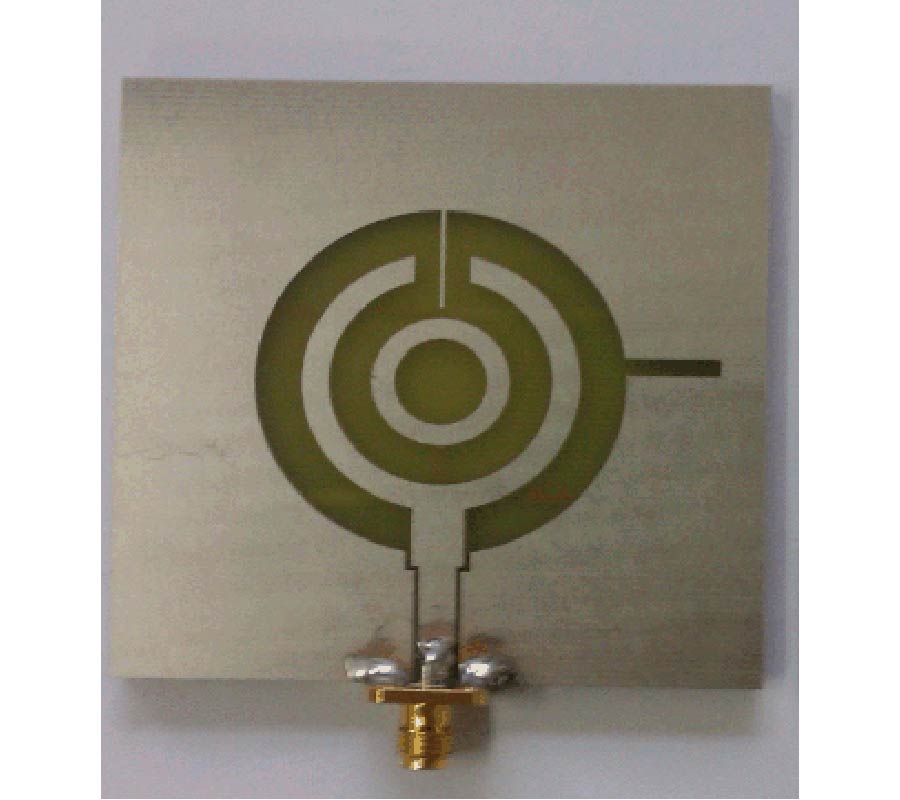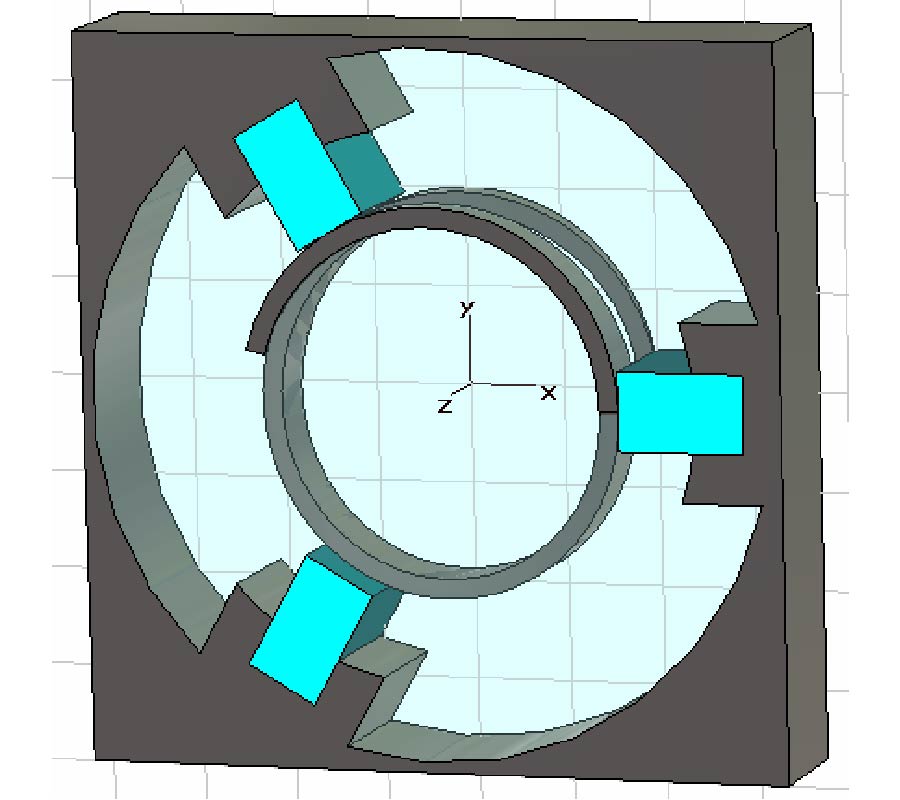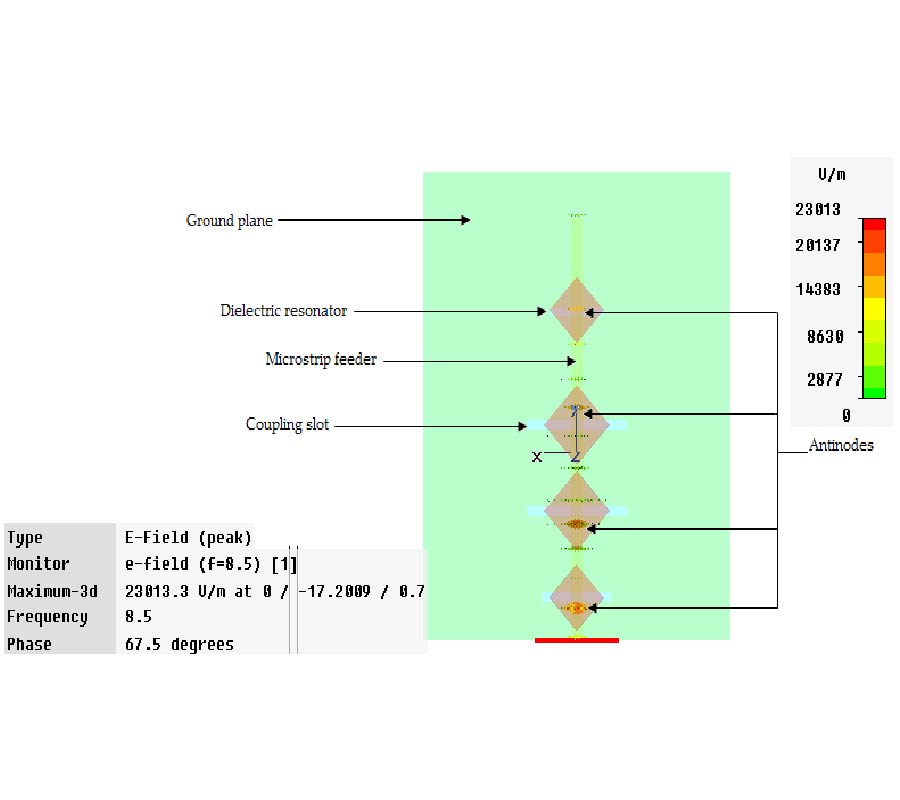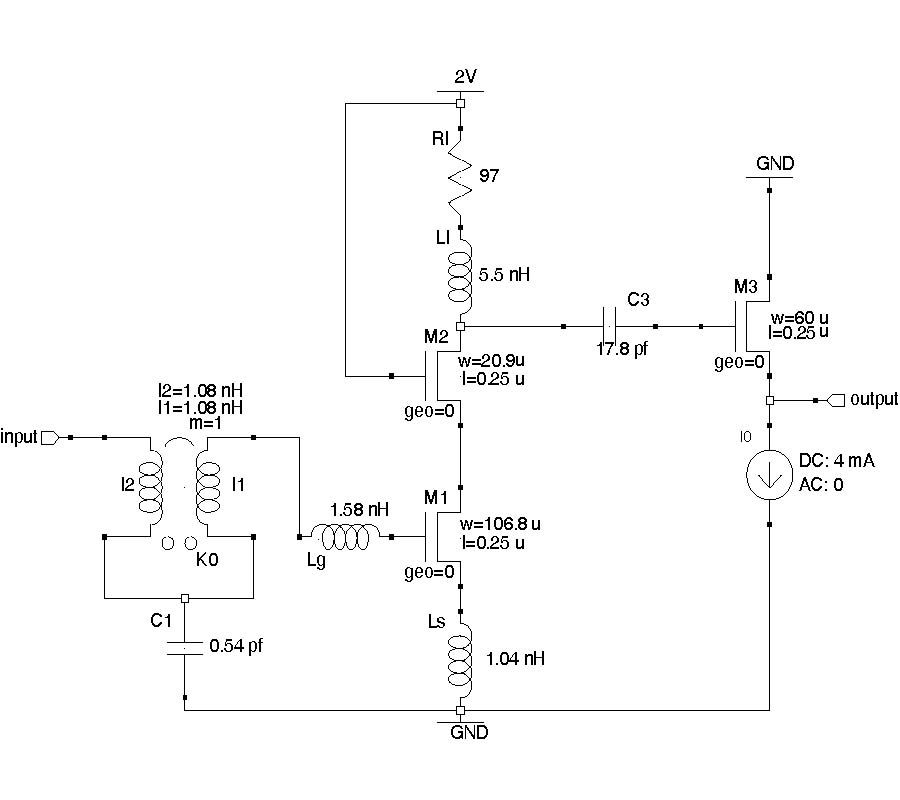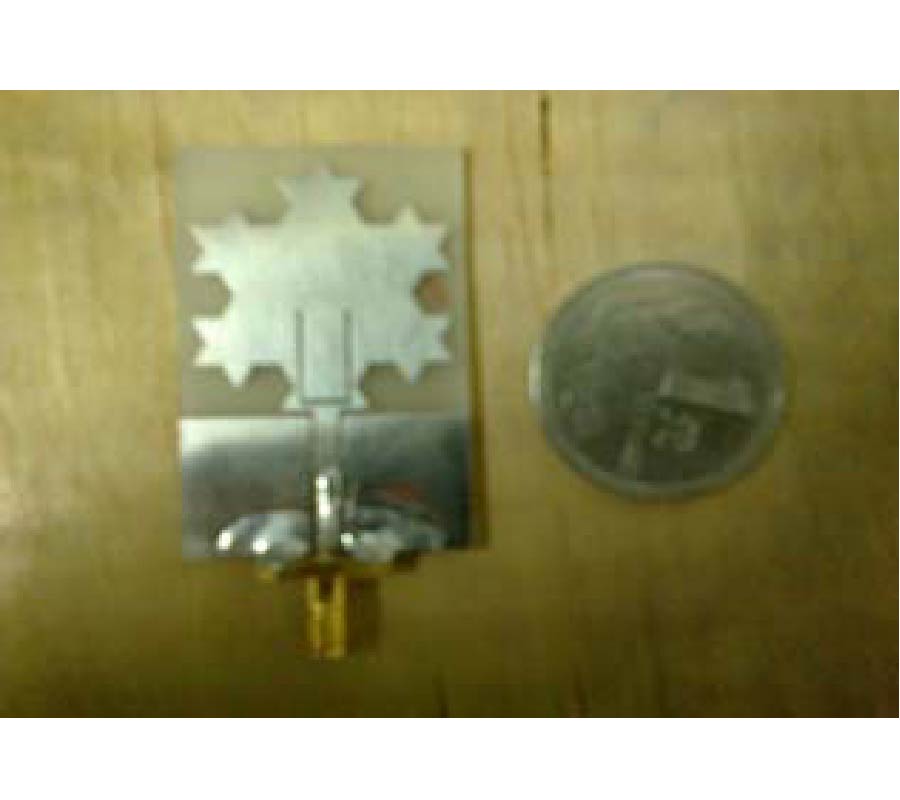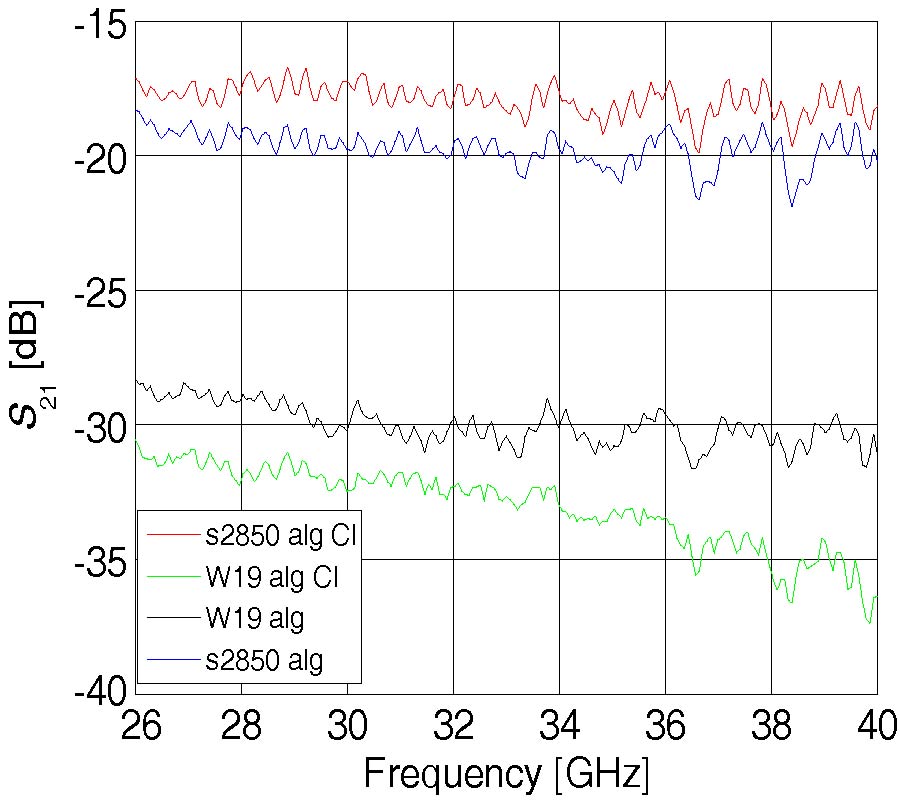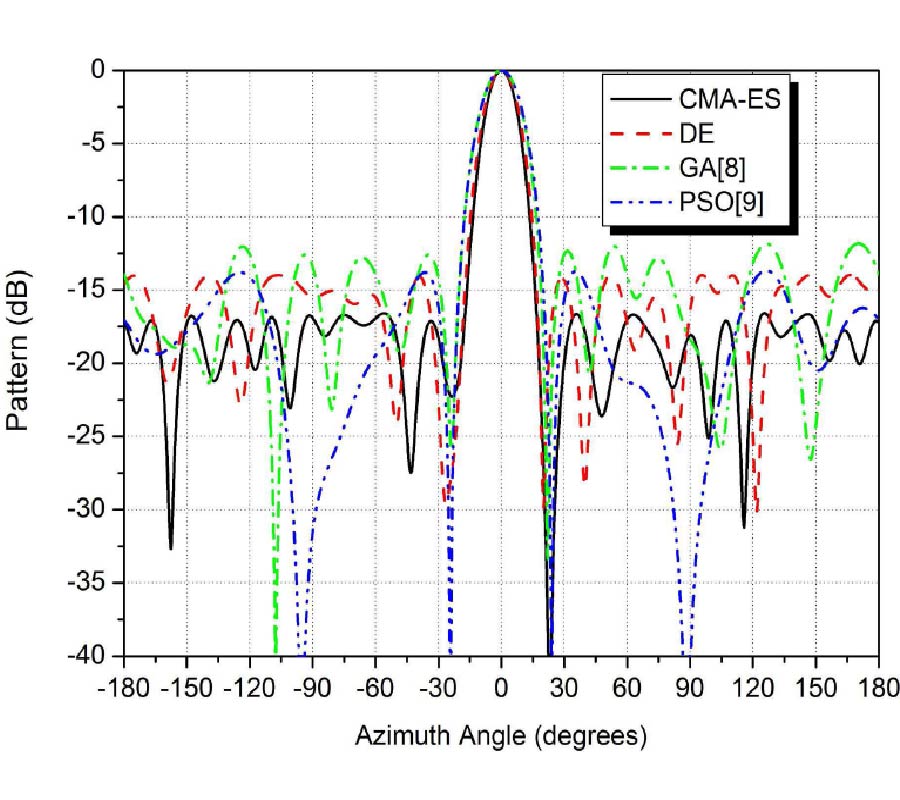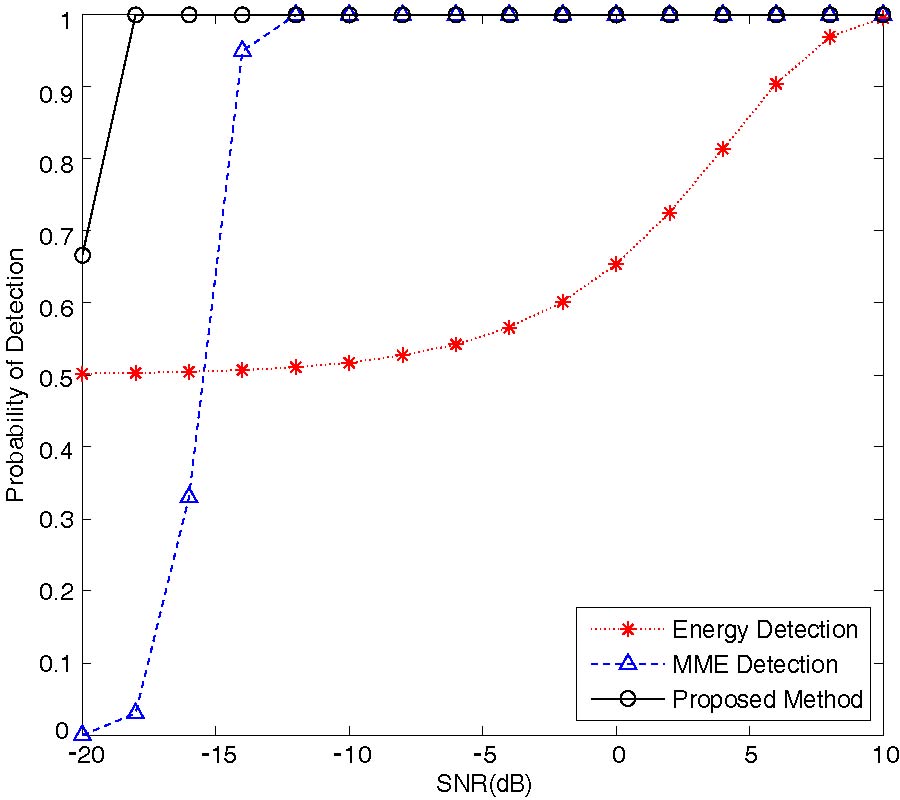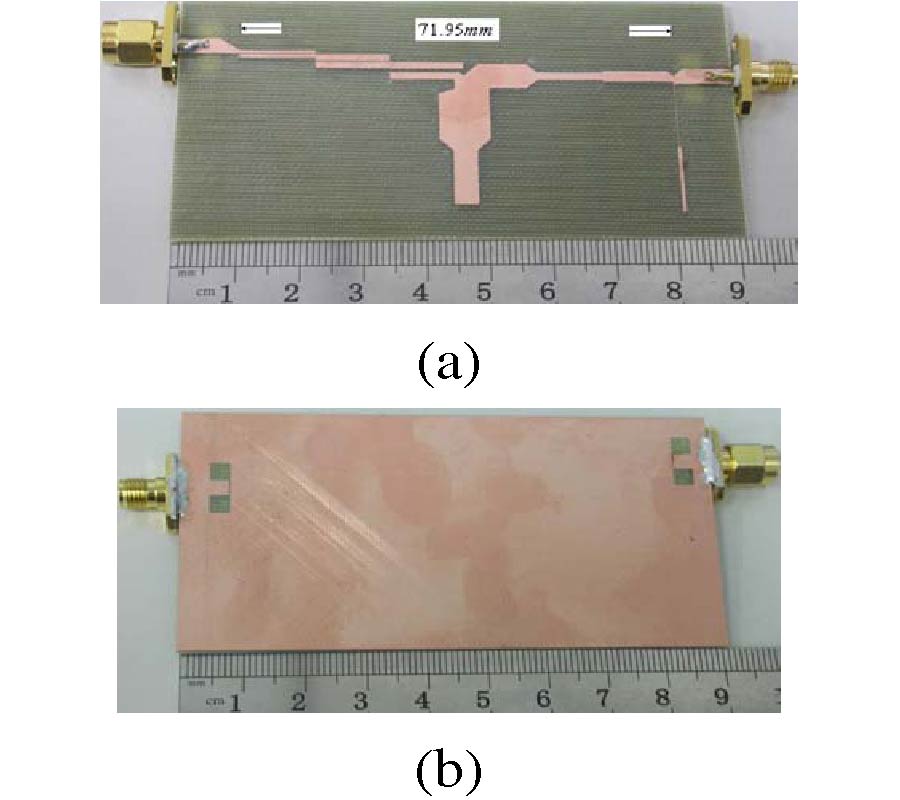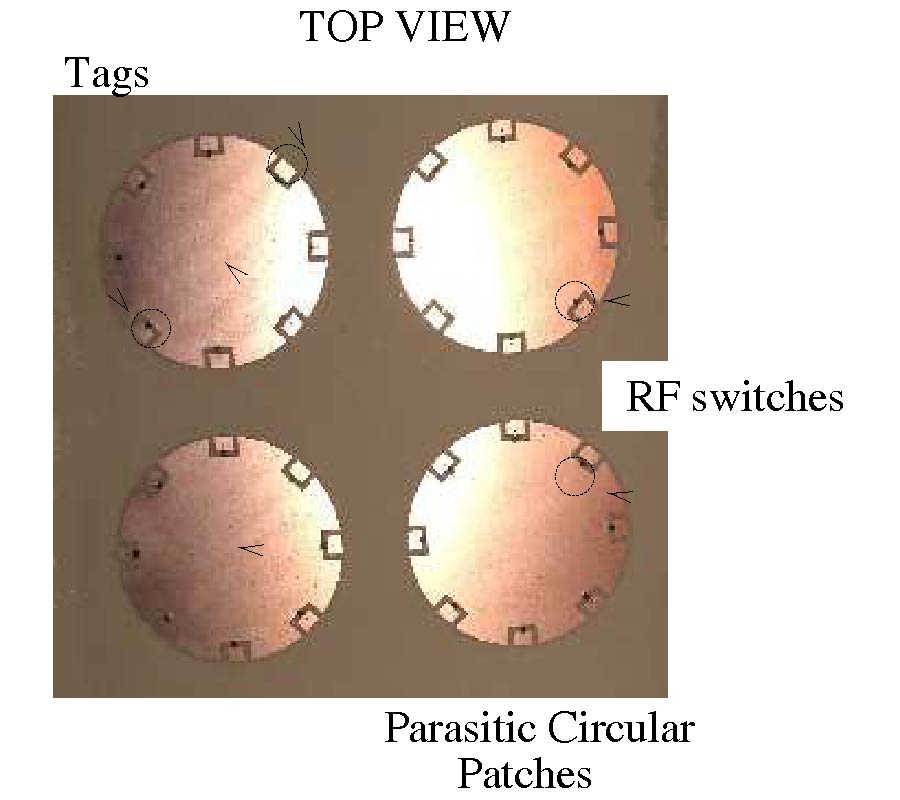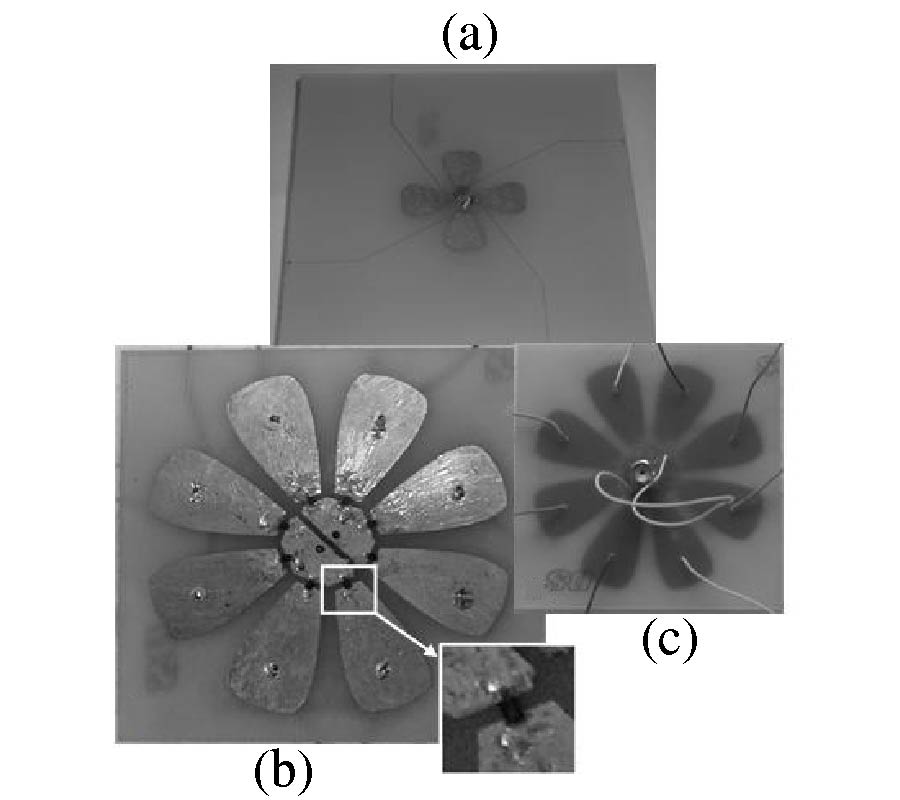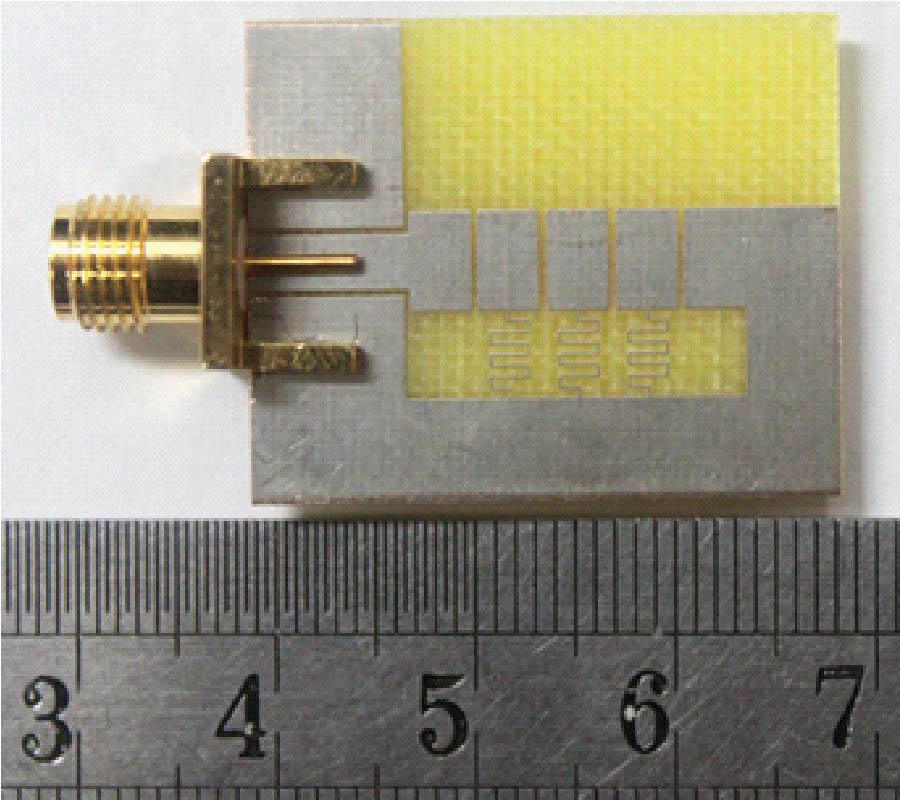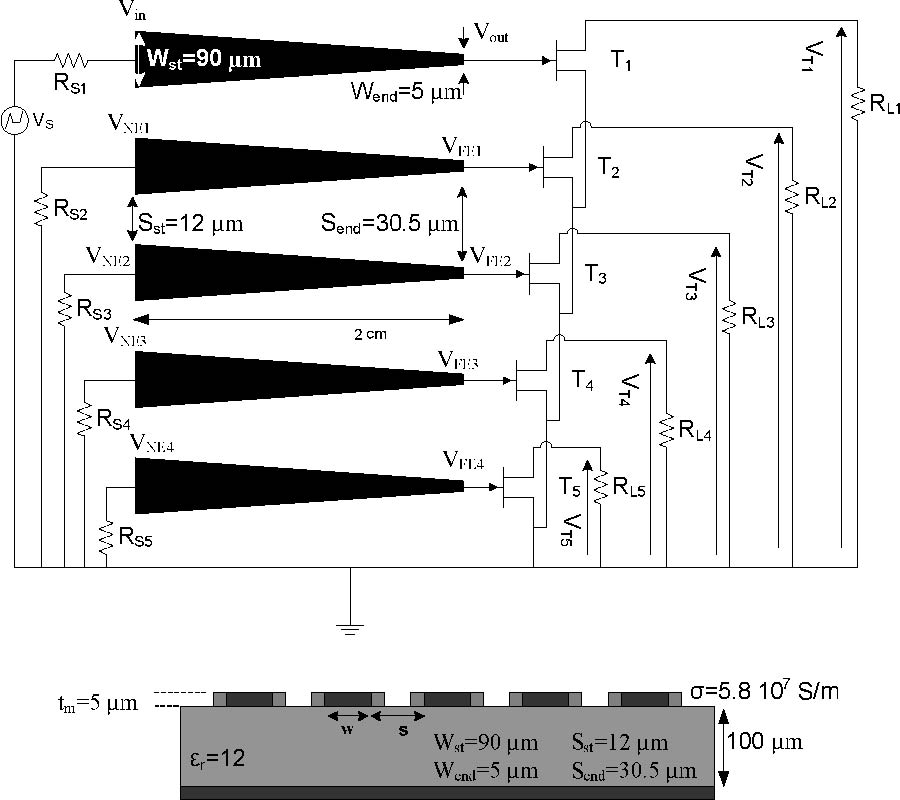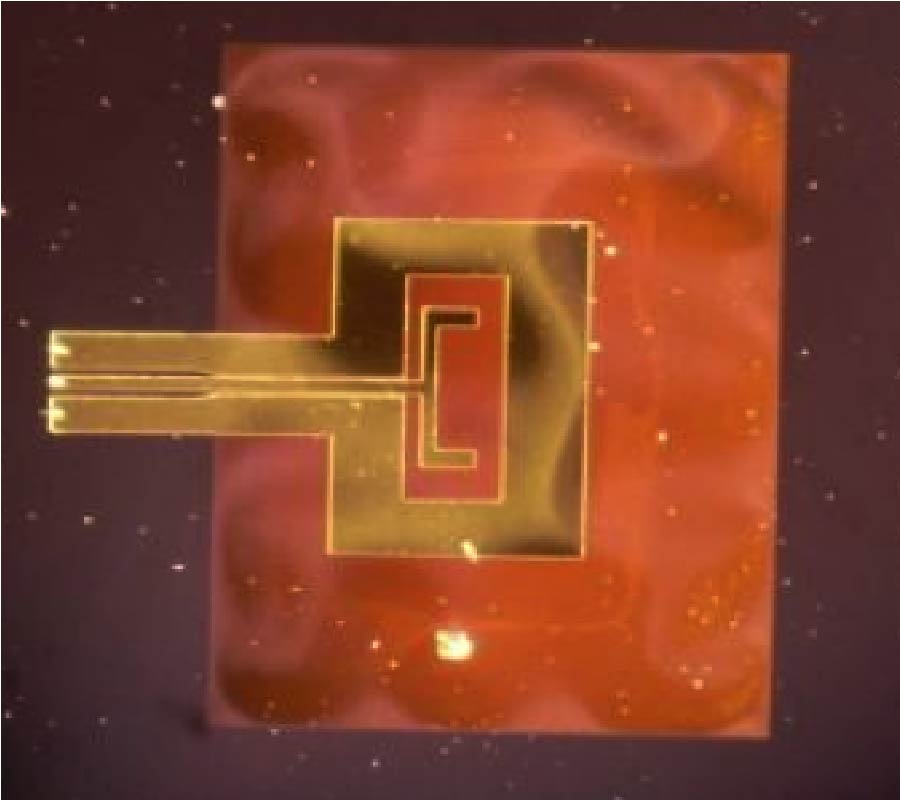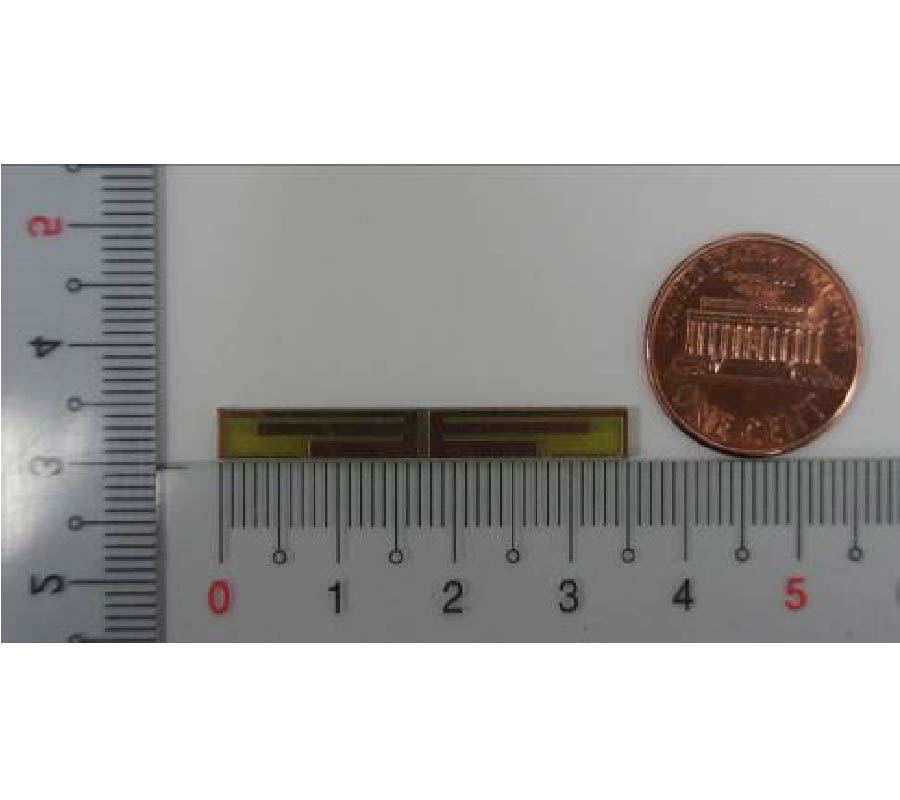Novel Modeling and Design of Circularly Polarized Dielectric Resonator Antenna Array
Mohd Fadzil Ain,
Yazeed Mohammad A. Qasaymeh,
Zainal Arrifin Ahmad,
Mohammad Azman Zakariya,
Mohamad Ariff Othman,
Seyi Stephen Olokede and
Mohd Zaid Abdullah
This paper presents a design of circularly polarized dielectric resonator antenna (DRA) array. The dielectric resonators (DRs) were excited by rectangular aperture coupling slots feed with a linear microstrip. The slot positions were determined based on the characteristic of standing wave ratio over a short ended microstrip to deliver the maximum amount of coupling power to the DRs, in order to improve the array gain. Each DR element was rotated 45ᵒ with respect to the sides of the exciting slot to generate circular polarization pattern. The DRA array was modeled and simulated as a parallel RLC input impedance component using Agilent (ADS) software, since that will ensure the resonant frequency of the antenna as primary design step before simulating in (CST) software and doing the measurements. The results of the return loss, gain, radiation and pattern axial ratio are shown. The gain of the proposed array in X band was about 8.5 dBi, while the 3dB axial ratio bandwidth started from 8.14 to 8.24 GHz. The impedance bandwidths started from 8.14GHz to 8.26GHz. The proposed DRA exhibited an enhancement of the gain in comparison to a single pellet DRA. The size of the whole antenna structure is about 40 mm X 50 mm and can potentially be used in wireless systems.
